Conservation At Home
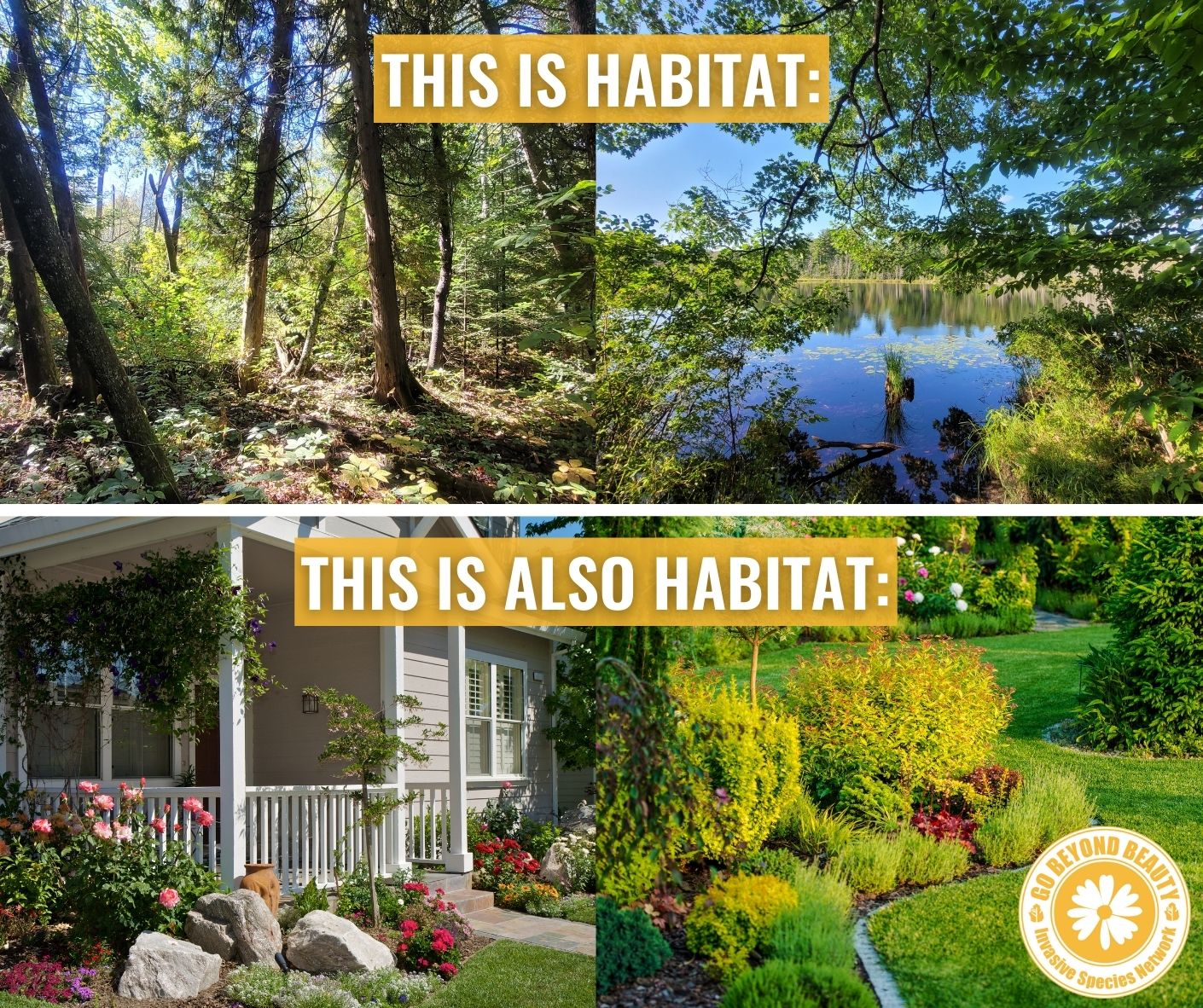
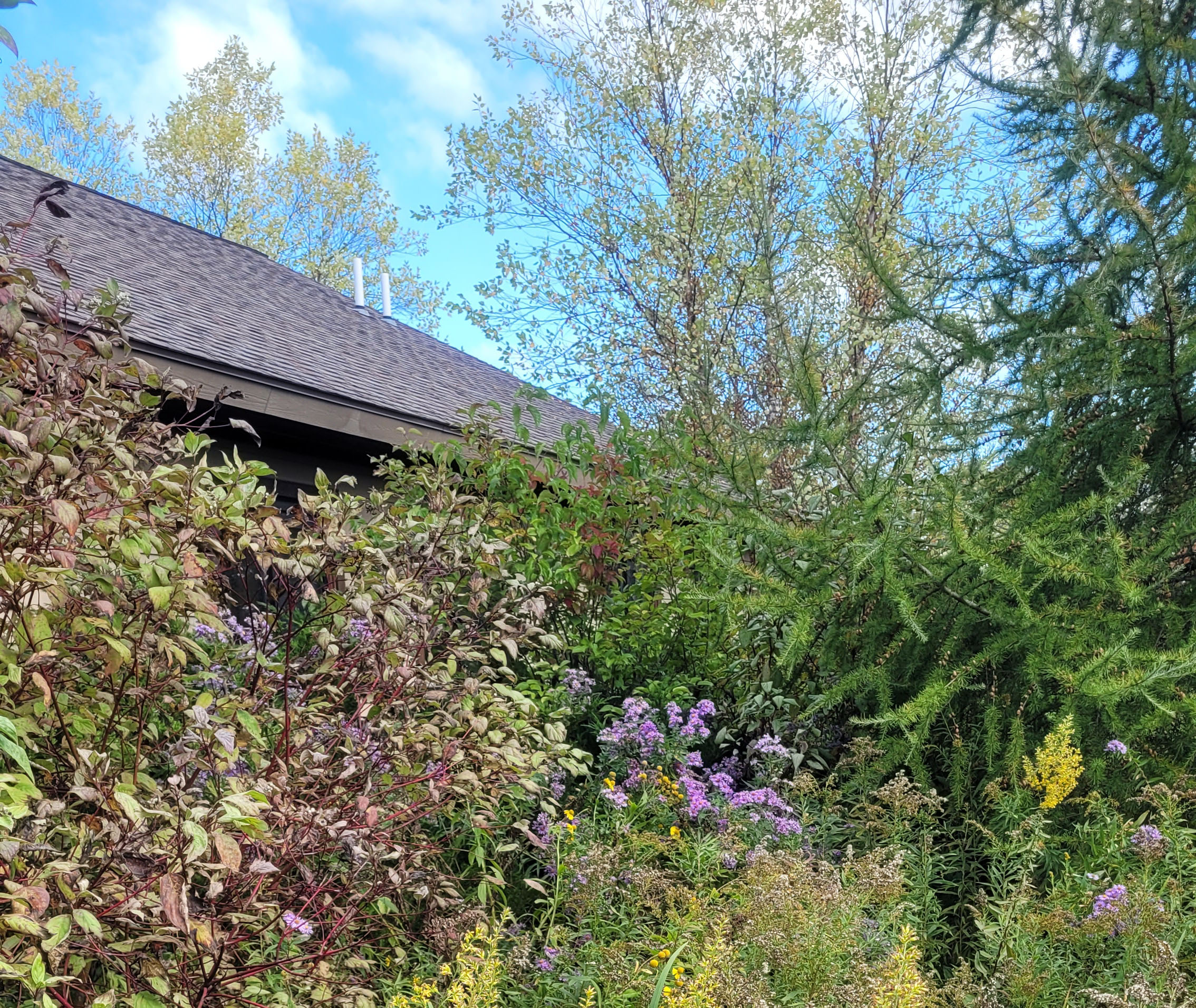
By Shelly Sustick, Northwest Michigan Invasive Species Network
Picture the words ‘conservation’ or ‘habitat’ – what images pop into your mind? Chances are a scene of an unaltered or serene ecological landscape come to mind. Perhaps you envisioned Sleeping Bear Dunes National Lakeshore, or environmental organizations planting trees on Earth Day. Whatever came to mind, did you think of your own habits or landscape, even briefly? If the answer is no, I invite you to challenge that notion and rethink what habitat and conservation mean in the scope of your own life and landscape.
Instead of thinking about conservation as something only natural resource professionals do with hundreds or thousands of acres, let’s look at a couple conservation practices that can be implemented in your own landscape. While we’re at it, let’s reframe the idea of habitat is not only something found in natural areas – habitat is right outside your front door! The quality of habitat, however, can vary.
Thankfully, creating beneficial habitat for pollinators and other wildlife in your landscape can be relatively straightforward, depending on your wishes for your space and resources available. First and foremost, managing or reducing the invasive species present in your landscape, and preventing new infestations, is incredibly important in creating healthy habitat for native species. Not only can invasive species alter soil chemistry, impede wildlife corridors, and outcompete native plants with prolific reproduction, but some pose a threat to human health, agriculture, or even a home’s foundation! If you’re not sure something is invasive or need advice about how to remove them, you can contact ISN or look for species information on the Midwest Invasive Species Information Network’s (MISIN’s) website (where you can also help land managers by reporting species sightings). Invasive species are non-native species that cause harm to humans, the economy, or the environment. So even though you may not love that healthy population of poison ivy or grapevine spreading in your landscape, those are native ‘aggressive growers’ rather than invasive.
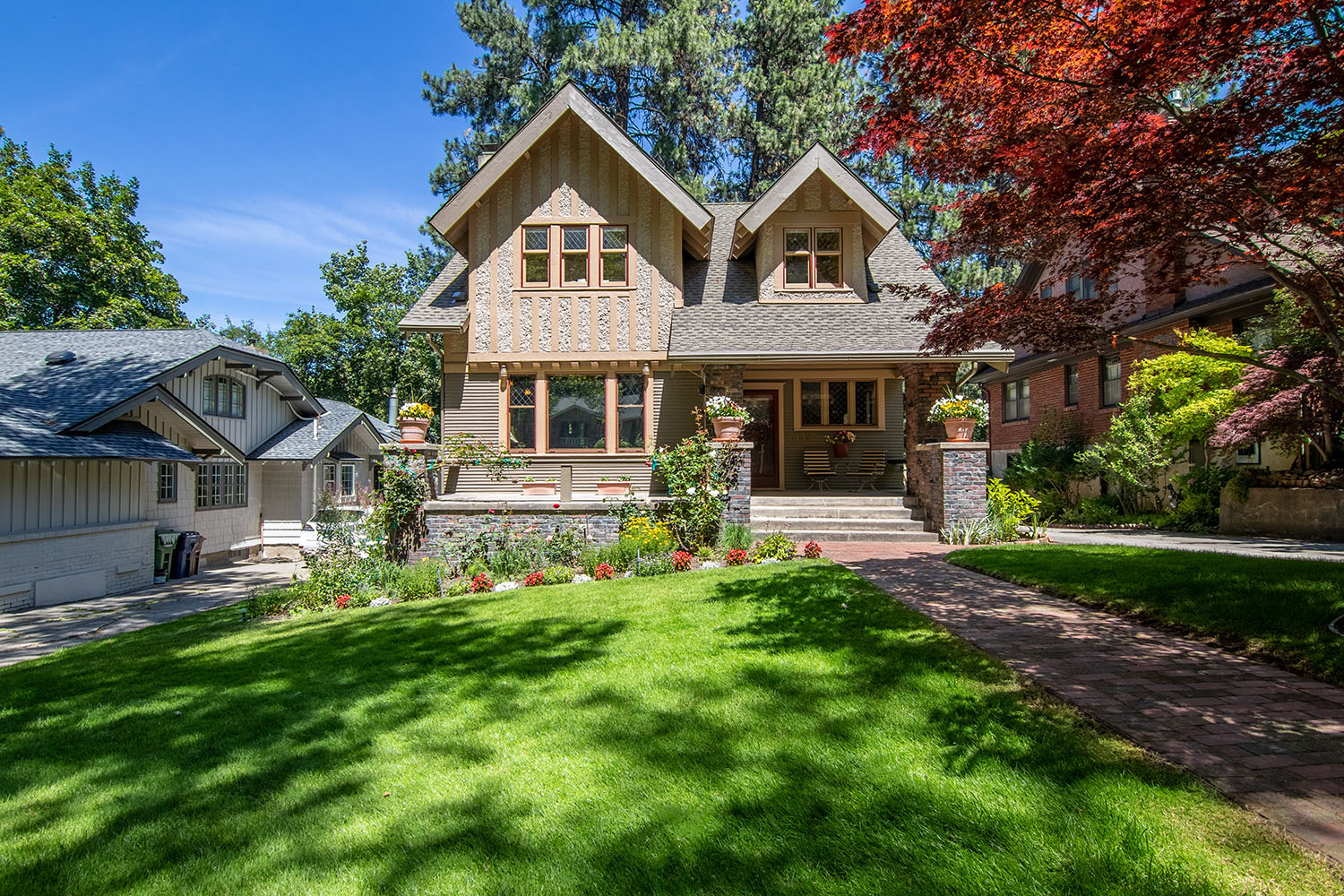
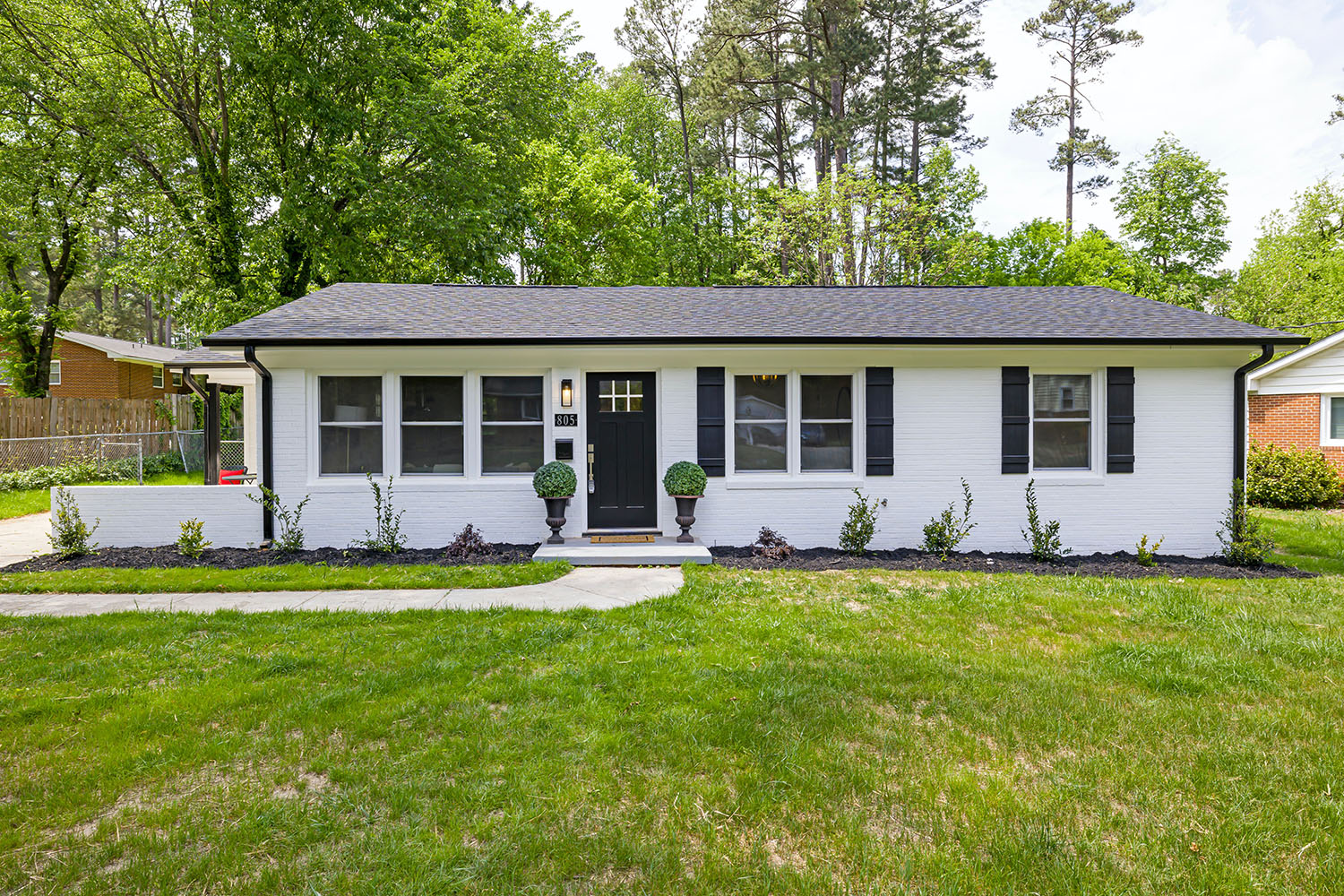
In Northwest Michigan, over half of the most serious invasive plants arrived by way of our gardens. Plenty are still legally sold today, which is why we partner with retailers, landscapers, designers, and other community members or businesses that commit to not using or selling high-priority ornamental invasive species through the Go Beyond Beauty program in Benzie, Grand Traverse, Leelanau, and Manistee counties. These businesses and community members are going above and beyond by keeping Northwest Michigan’s habitat in mind in their landscape and business decisions. Ornamental invasive species degrade habitat for native wildlife and pollinators, whether in your own backyard or your local natural area, which is why it is just as important to plant native species as it is to eradicate invasive species.
Most people are familiar with the link between monarch butterflies and milkweeds. It’s a one-to-one relationship: no milkweeds, no monarchs. However, this tight connection between a pollinator and a native food source is not just special to monarchs! You can select certain species or types of plants to attract butterflies, birds, or other wildlife. Want butterflies such as the Northern spicebush swallowtail? Plant spicebush or sassafras. Want more migrating songbirds to stop near your home? Plant native grasses and fruiting shrubs. Do you care more about aesthetics than wildlife? You can have both beauty and habitat by planting native species that flower or have visual interest in every season.
Planting a diversity of native plants will not only support a variety of insects and other fauna but it will help your habitat be more resilient. An added benefit is, once established (which can take 3 years or more – an old gardening idiom goes, ‘year 1 sleep, year 2 creep, year 3 leap’), most native plants require much less maintenance or water than non-native species. If you want to go even further, we recommend reducing the size of your lawn to make way for native plants. While non-native lawns are better than impervious surfaces like concrete, they don’t contribute much to a healthy ecosystem. Less lawn means less mowing or trimming, which in turn means less gas-powered machinery, pesticides, or fertilizer. They are often harder to establish in Northwest Michigan’s sandy soils anyway, which native plants have evolved to thrive in. Take advantage of this by planting Michigan native species!
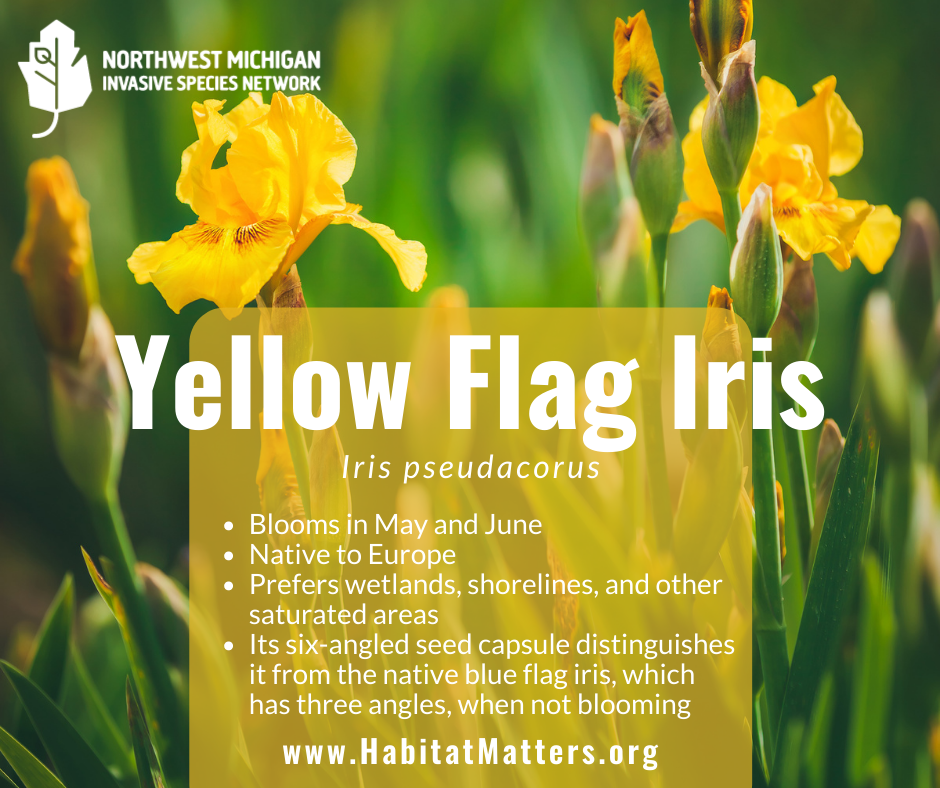
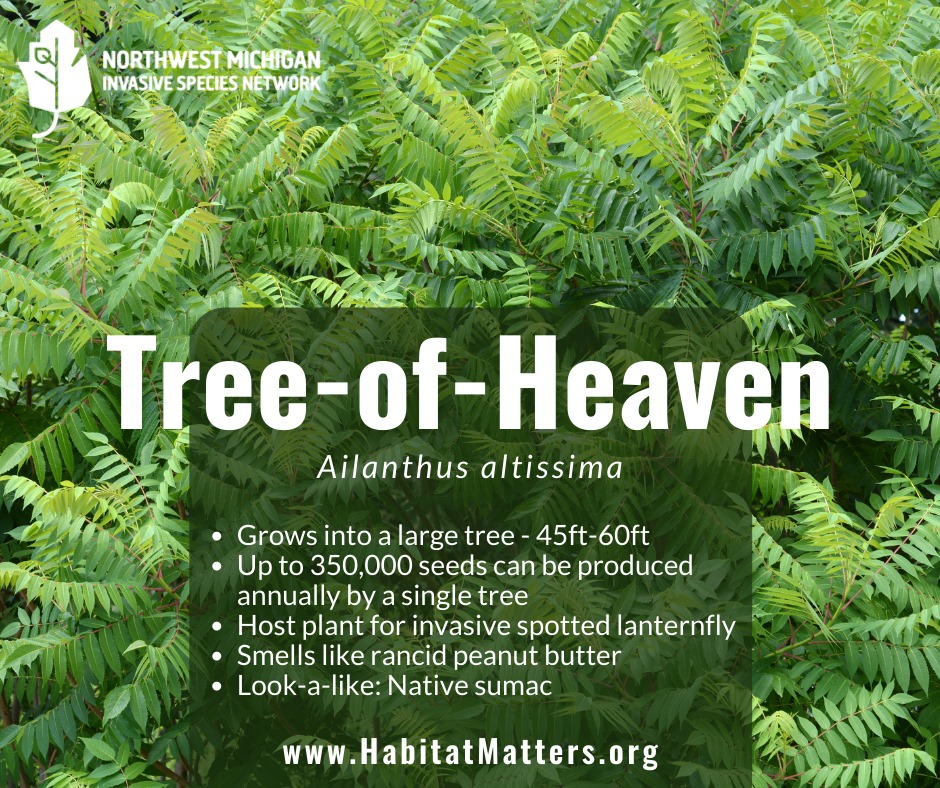
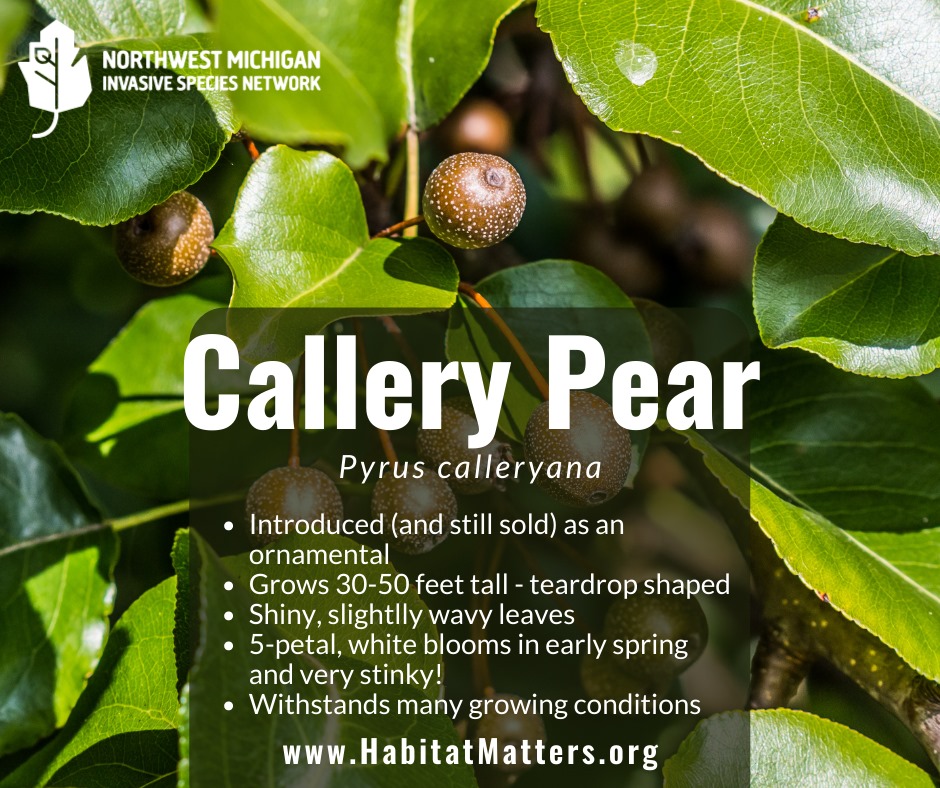
People, especially in in suburban communities, often think that their lot is too small to make a difference, but the opposite is true – pollinators and wildlife now have a greater need for connecting or stop-over spaces in between the larger natural parcels as development of cities and towns grow. Your landscape is already habitat, but instead of non-native or invasive plants that provide little more than a sub-par meal for some, let it be a beautiful and beneficial space for critters to eat nourishingly and produce the next generation of pollinators or young wildlife. When your landscape becomes a haven for such critters, how could you not look out your door and think of it as habitat?
Other outdoor conservation practices that help our native plants and wildlife include but are not limited tocomposting, leaving leaves & gardens to overwinter for insects, utilizing rain from gutters with rain barrels, landscaping for stormwater management and erosion prevention, reducing light pollution by turning off unnecessary outdoor lighting for migrating bird species or insects, as well as limiting fertilizer and pesticide use.
Don’t know what’s native? Information about Michigan native species: Lady Bird Johnson Wildflower Center, MSU Extension’s Regional Plant List for the Northern Lower Peninsula, National Wildlife Federation’s Native Plant Finder,
Shelly Stusick is the Go Beyond Beauty program specialist at the Northwest Michigan Invasive Species Network (ISN), [email protected] or 231-299-0805.